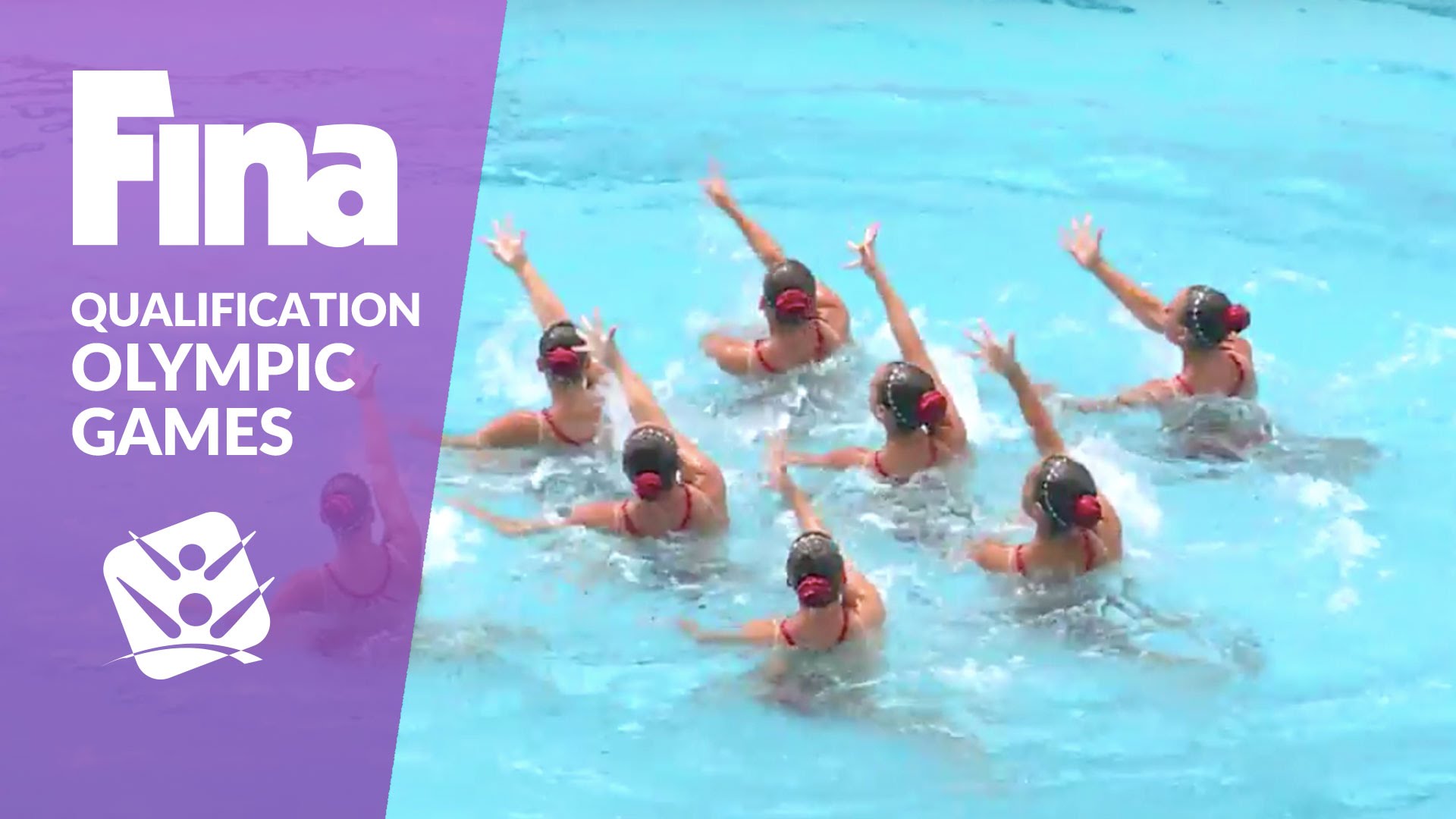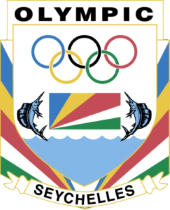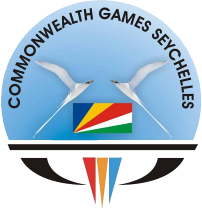Swimmers wanting to guarantee automatic qualification for the Olympic Games should achieve an ‘A’ standard, according to the International Olympic Committee and Fina (Fédération internationale de natation) rules.
While achieving the Olympic selection time or ‘B’ standard can still take one to the Olympics, it does not necessarily guarantee automatic qualification.
This is why although Seychellois swimmer Alexus Laird has achieved the ‘B’ standard in the 100 metres backstroke for the Olympic Games in Rio de Janeiro, Brazil she is still battling for an ‘A’ qualification time.
According to the IOC and Fina rules, only athletes who have achieved the Olympic qualifying time (OQT) or ‘A’ time in one or more individual events are automatically qualified to take part in the Olympic Games.
The rules further state that a National Olympic Committee can enter a maximum of two athletes in the same individual event, only if both athletes have achieved the OQT / ‘A’ time.
As for athletes who have achieved what is called Olympic selection time (OST) or ‘B’ time, it is only at the end of the qualification period that Fina will assess the number of athletes having achieved the OQT / ‘A’ time, the number of relay-only swimmers and the number of universality places.
Fina will then invite athletes who have achieved an OST/’B’ time, until the total quota of 900 swimmers is reached. OST places will be distributed by event, according to the position on the Fina world ranking of July 3, 2016.
Additional swimmers having achieved an OST / ‘B’ time may be invited to ensure that all National Olympic Committees represented at the 2015 World Championships in Kazan (Russia) will have an eligible swimmer to compete in the Olympic Games.
A National Olympic Committee can only enter one athlete per individual event if he/she has achieved an OST/’B’ time or if the quota of 900 athletes has not been achieved. Also swimmers invited through OST/’B’ time are only allowed to compete in the events for which they received the Fina invitation.
Therefore, although it is a great achievement for an athlete to achieve an OST / ‘B’ time, it is important to know that these rules exist.
In the case of Laird, she swam the 100 metres backstroke ‘B’ time of 1:02.33 in an event in December last year. Technically she has qualified for Rio, but because this is not a guarantee of automatic qualification, she is still eyeing the ‘A’ standard which has to be achieved before July 3 and which will provide that guarantee.
If she does not achieve it by that date and by July 3 no other Seychellois female swimmer meets the OQT / ‘A’ time, if the quota for the OQT / ‘A’ time is not met and Fina selects her from the list who have made the ‘B’ time, she will thus be invited to compete as one of the athletes who have achieved an OST/’B’ time.
The OQT / ‘A’ time for 100m backstroke set by Fina is 1:00.25, while the OST/’B’ time is 1:02:36.
This explanation is important in case there is a similar scenario to the one which happened in 2014 when young swimmer Felicity Passon was told by the Seychelles Swimming Association that she had qualified for the Youth Olympic Games held in Nanjing, China after achieving a ‘B’ time.
When she was not chosen by Fina at the close of qualification despite her ‘B’ selection time, there were different accusations and comments from different circles as to why she had not been sent to Nanjing.
A repeat of such an incident is not what we want because it affects the morale of athletes, but it is also important for the rules to be clearly explained to prevent any confusion or wrongly apportioned blame if, God forbids, it happens.




